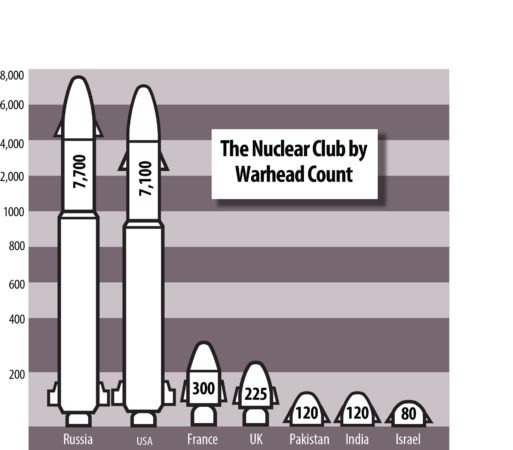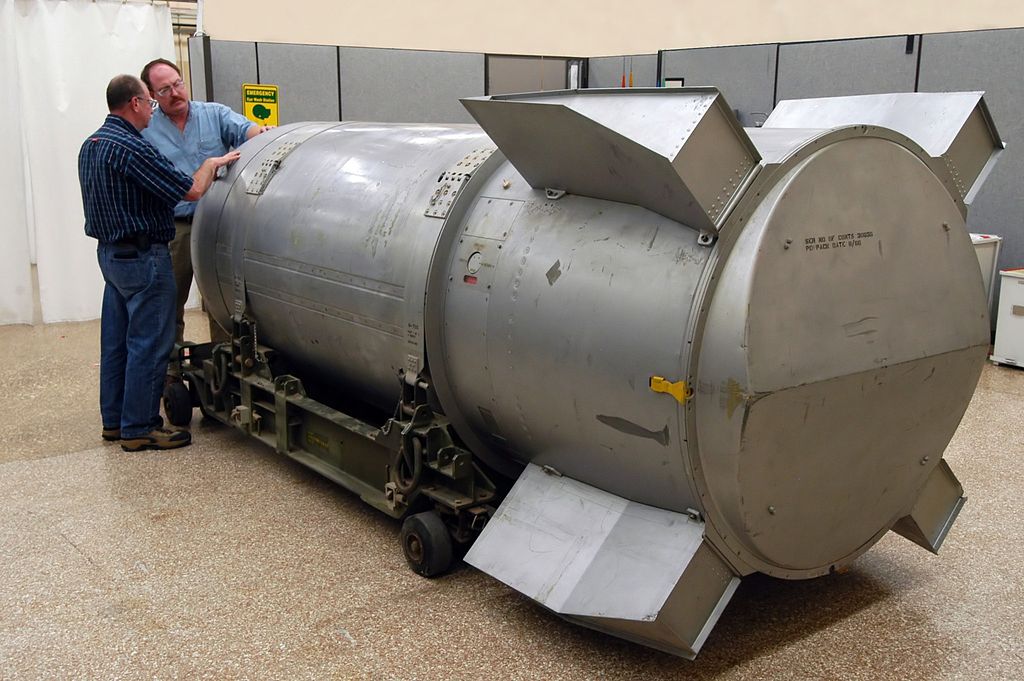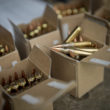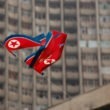Photo Credit: National Nuclear Security Administration
“The existence of thousands of nuclear weapons is the most dangerous legacy of the Cold War. No nuclear war was fought between the United States and the Soviet Union, but generations lived with the knowledge that their world could be erased in a single flash of light… Today, the Cold War has disappeared but thousands of those weapons have not. In a strange turn of history, the threat of global nuclear war has gone down, but the risk of a nuclear attack has gone up.” — Barack Obama, Prague, May 9, 2009
The global nuclear warhead inventory is estimated to be 15,645, with the United States and Russia in possession of more than 90 percent of total warheads.
The nuclear club includes: Russia (7,700), the United States (7,100), France (300), China (250), United Kingdom (225), Pakistan (120), India (120), and Israel (80). Meanwhile, North Korea is believed to possess eight nuclear warheads.
Proposed U.S. defense spending to refurbish weapons and delivery systems includes:
- $62 billion to acquire a new fleet of refurbished intercontinental ballistic missiles;
- $20 – $30 billion for approximately 1,000 new nuclear capable air-launched nuclear-cable cruise missiles;
- $100 billion to develop and acquire a new nuclear-capable B21 strategic bomber;
- $120 billion for a fleet of new strategic submarines with launch capability for almost 200 ballistic missiles;
- $100 billion to maintain existing warheads for use on the new weapons systems.
“We are on the cusp of a dangerous new global arms race that creates dangers in a number of different areas,” said Daryl Kimball, Executive Director of the non-profit Arms Control Association.
According to Kimball, as the United States refurbishes and adds to its nuclear weapons inventory and delivery systems, other nuclear powers will follow.
The Arms Control Association and Women’s Action for New Directions advocate a series of measures to restrain an arms race, reduce defense spending, and address the imbalance between the nuclear-weapons budget and spending on conventional weapons and forces, “without jeopardizing U.S. security.” They include:
- Downsize the refurbished land-based missile force to approximately 300 missiles ($10 billion over 10 years);
- Reduce the size of the nuclear-launch-capable sub fleet ($20 billion savings over 10 years);
- Cancel the proposed new air-launch nuclear-armed cruise missile systems ($20 billion – $30 billion over 10-15 years).
Source: Forever Nuclear Weapons? What Happened to President Obama’s vision for a nuclear-free world? Women’s Action for New Directions and Arms Control Association.

Graphic by Kevin Kreneck







You could definitely see your enthusiasm in the work you write.
The world hopes for even more passionate writers like you who aren’t afraid to mention how they believe.
All the time go after your heart.